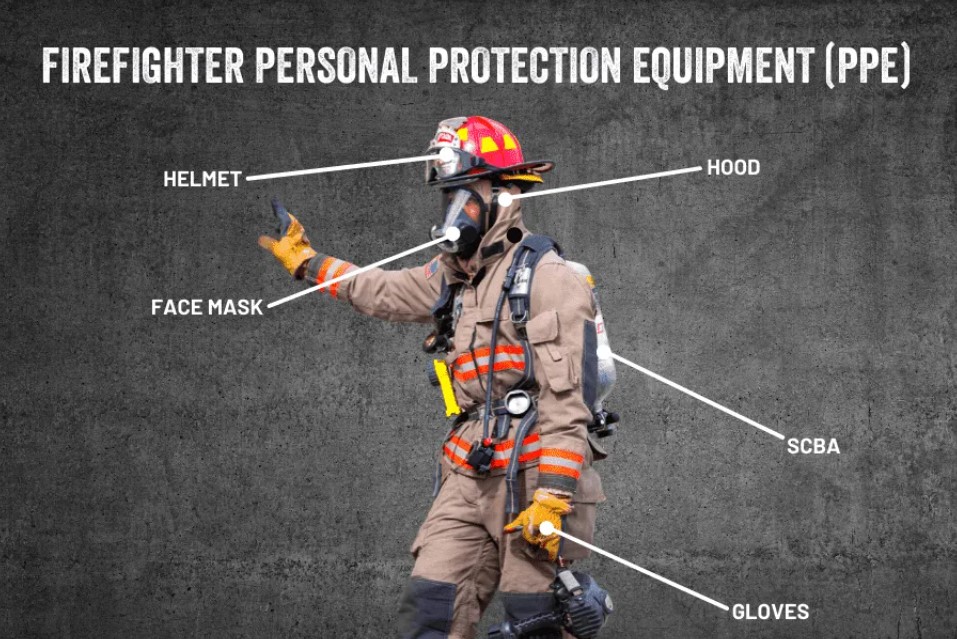Introduction:
Respiratory equipment plays a pivotal role in modern rescue operations, ensuring the safety and efficiency of responders in challenging and hazardous environments. This article explores the application of respiratory equipment in rescue work, shedding light on how these devices function to protect and support those on the front lines of emergency response.
1. Immediate Response in Hazardous Environments:
In situations involving fire, chemical spills, or collapsed structures, rescue teams often encounter environments with compromised air quality. Respiratory equipment, such as Self-Contained Breathing Apparatus (SCBA), becomes indispensable. These devices provide a continuous supply of breathable air, allowing responders to navigate through hazardous zones with confidence.
2. Understanding SCBA Mechanics:
SCBA units consist of a facepiece, breathing regulator, compressed air cylinder, and various valves. The compressed air cylinder, typically made of lightweight materials like carbon fiber, stores high-pressure air. The regulator controls the release of this air to the wearer, maintaining a positive pressure inside the facepiece to prevent contaminants from entering.
3. Extended Duration for Prolonged Operations:
One of the critical features of modern respiratory equipment is its ability to provide extended operational durations. High-capacity air cylinders, coupled with advancements in breathing technology, ensure that rescue personnel can focus on their tasks without the concern of running out of air. This is particularly crucial in large-scale disasters where operations can span several hours.
4. Mobility and Flexibility in Dynamic Environments:
Rescue operations often demand agility and flexibility. Portable respiratory equipment, designed for ease of movement, allows responders to navigate confined spaces, climb structures, and move swiftly to reach those in need. The lightweight construction of modern equipment minimizes the physical strain on responders, ensuring they can perform at their best in dynamic environments.
5. Real-time Monitoring and Communication:
Advanced respiratory equipment integrates real-time monitoring and communication systems. Heads-up displays, integrated communication devices, and telemetry systems enable team leaders to monitor the vital signs and status of each responder. This not only enhances situational awareness but also facilitates coordinated and efficient rescue efforts.
6. Adaptability to Various Rescue Scenarios:
Respiratory equipment is designed to adapt to diverse rescue scenarios. Whether it’s a search and rescue mission in a smoke-filled building or responding to a hazardous material incident, the versatility of respiratory devices ensures their applicability across a spectrum of emergency situations. Specialized equipment may include features like thermal imaging for enhanced visibility in low-visibility environments.
Conclusion:
The evolution of respiratory equipment has significantly elevated the safety and effectiveness of rescue operations. From the design of advanced SCBA units to the incorporation of real-time monitoring and communication systems, these devices empower responders to navigate and mitigate risks in the most challenging conditions. As technology continues to advance, the future of respiratory equipment in rescue work promises even greater innovation, providing responders with the tools they need to save lives and protect communities.
Post time: Jan-12-2024

